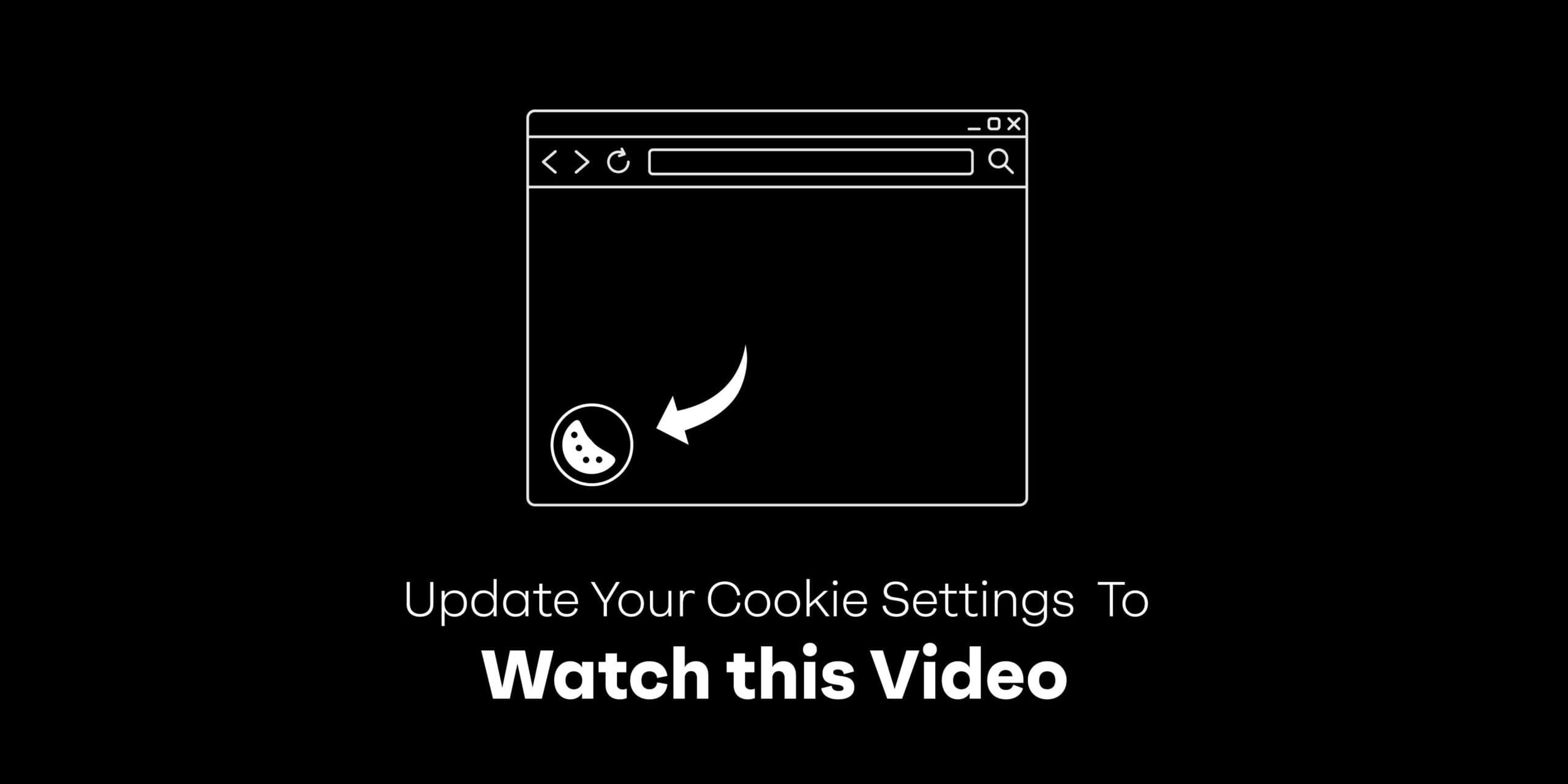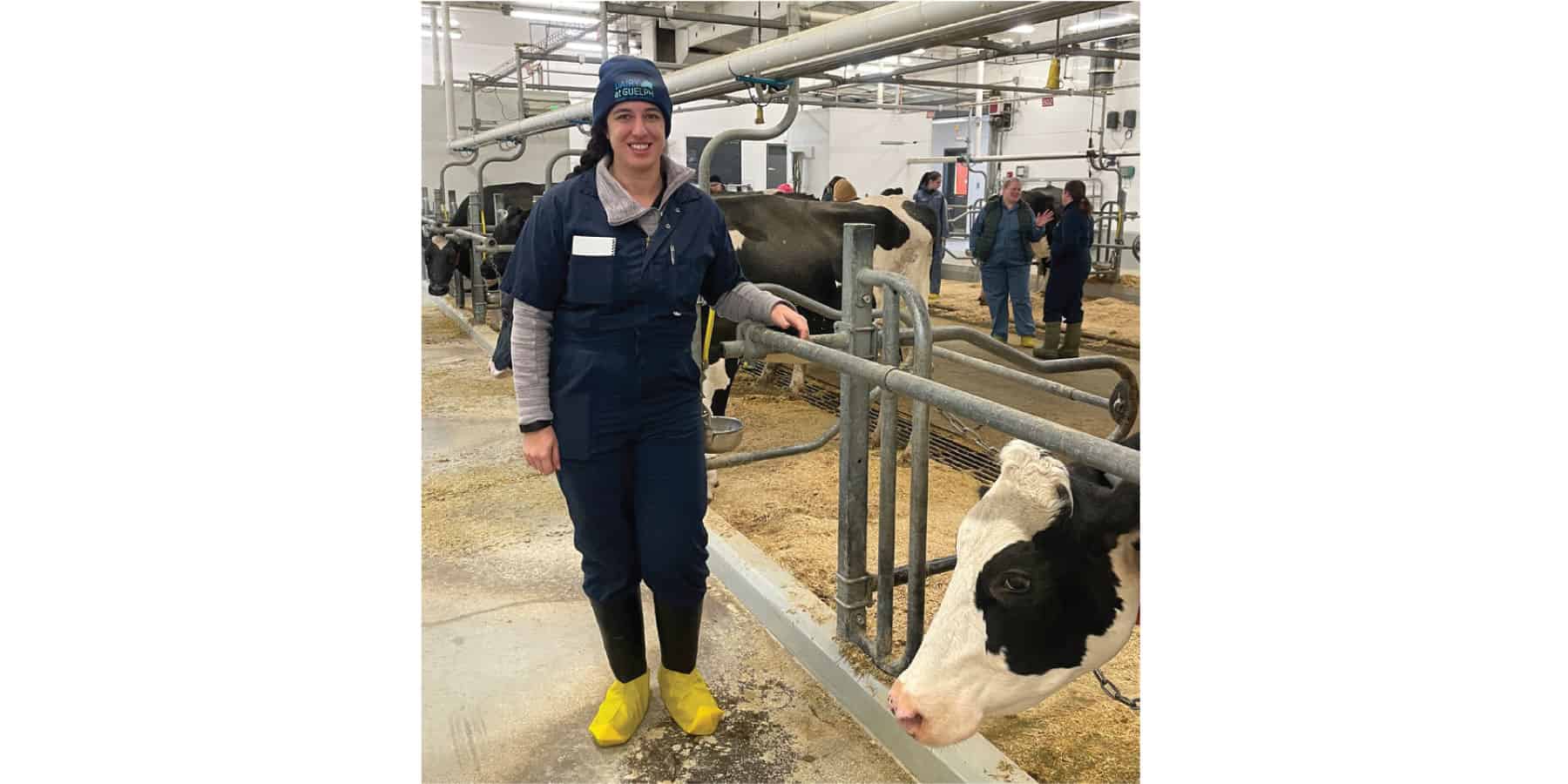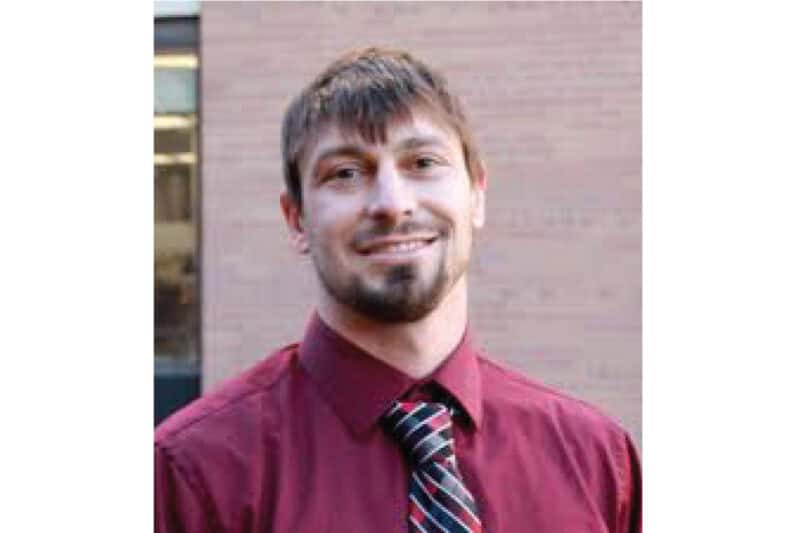This episode “From the Cow’s Perspective: Two Decades of Management at Miner” was recorded at the 2025 Tri-State Dairy Nutrition Conference in Fort Wayne, Indiana.
Episode 147: From the Cow’s Perspective: Two Decades of Management at Miner
Timestamps:
Dr. Grant gives an overview of his presentation at the conference, highlighting cow time budgets and the importance of natural cow behavior to health, welfare and productivity. The impacts of overcrowding, including rumen pH and de novo fatty acid synthesis, are a key component of his message. (7:07)
Eating, resting and ruminating are the big three behaviors we’ve studied for decades. In addition to their obvious importance to cow welfare, they have a real health and performance effect. Dr. Grant suggests the recumbent rumination – just lying down and chewing her cud – is really the cow’s superpower. Cows with the same rumination time who accomplish more while lying down have less subacute ruminal acidosis, greater dry matter intake, and higher fat and protein content in their milk. It all boils down to the balance between eating time and recumbent rumination time. (12:15)
The panel discusses the definition of overcrowding. Spoiler alert: it depends. (15:50)
Clay asks Rick if overcrowding of beds or feed bunks is more important. The easy answer is both, but Rick acknowledges he’d say beds if he were pushed for an answer. Resting is a yes or no; she’s either lying down or she’s not. From the feed bunk perspective, a cow can alter her behavior to a point for adjusting to overcrowding – eat faster, change her meal patterns, etc. A hungry cow will walk by the feed to recoup lost rest time. Cows should be comfortable enough to spend at least 90% of their rumination time lying down. (17:50)
Dr. Grant thinks of overcrowding as a subclinical stressor. A cow has different “accounts” for different activities: lactation, health, reproduction, etc., as well as a reserve account. To combat the subclinical stress of overcrowding, a cow uses her reserve account, but that’s hard to measure. If the reserve account gets depleted and another stressor comes along, the overcrowded pens are going to show greater impacts. The panel brainstormed ideas for how to better measure a cow’s reserve account. (19:39)
Clays asks if overcrowding is affecting culling rates. The panel assumes it has to be, though no one can point to a study. Dr. Grant notes there is data from France that shows decreased longevity in cows who don’t get enough rest, which is a hallmark of overcrowding. Given the low heifer inventory, the panel muses if the industry ought to pay more attention to the culling impacts of overcrowding and have a more dynamic approach to evaluating stocking density as market and farm conditions shift. (25:10)
Bill asks about nutritional and management strategies to reduce the stress of overcrowding. Rick notes that overcrowding tends to make the rumen a bit more touchy, so he talks about formulating diets with appropriate amounts of physically effective fiber, undigested NDF, rumen-fermentable starch, and particle size. (29:21)
Dr. Grant talks about the differences in rumination when a cow is lying down versus standing. The panel discusses cow comfort, preferred stalls, and first-calf heifer behavior in mixed-age groups with and without overcrowding. Bill and Rick agree that having a separate pen for first-calf heifers on overcrowded farms would benefit those heifers. Dr. Michael comments on evaluating air flow and venting on-farm. (33:49)
The panel wraps up the episode with their take-home thoughts. (47:55)
Scott invites the audience to Bourbon and Brainiacs at ADSA in Louisville – a bourbon tasting with all your favorite professors! Sign up here: https://balchem.com/anh/bourbon/ (52:02)
The paper referenced in this conversation from Dr. Bach can be found here: https://www.sciencedirect.com/science…
Please subscribe and share with your industry friends to invite more people to join us at the Real Science Exchange virtual pub table.
If you want one of our Real Science Exchange t-shirts, screenshot your rating, review, or subscription. Email a picture to anh.marketing@balchem.com. Include your size and mailing address, and we’ll mail you a shirt.



